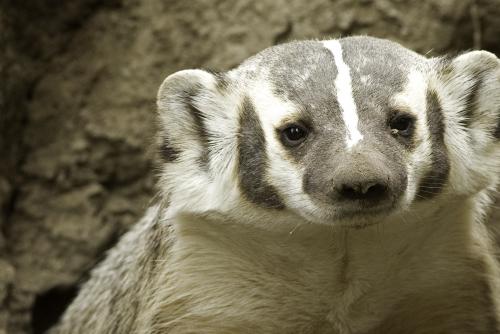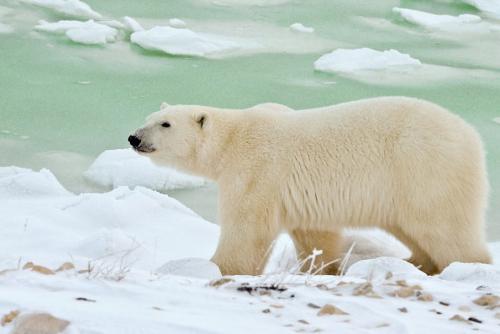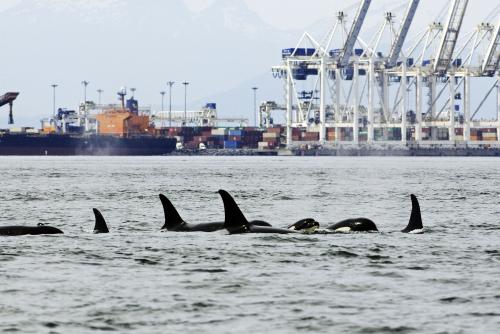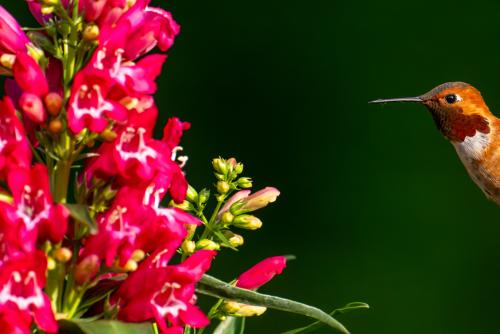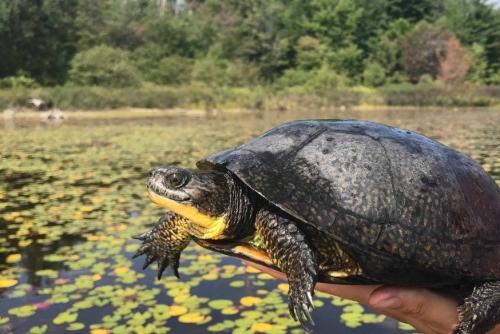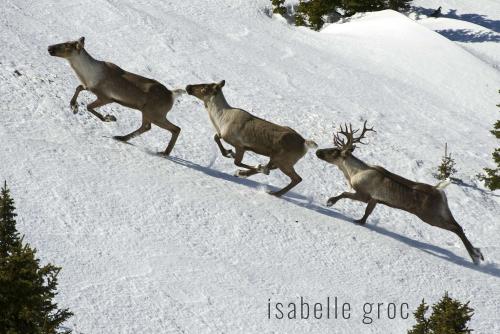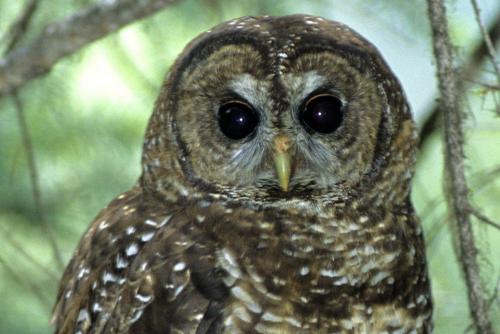Imagine a world without killer whales, Blanding's turtles, grizzly bears, spotted owls, caribou or wild salmon. These beloved species and more are integral to the fabric of life, yet so many are at risk of extinction. We campaign for strong laws to protect all threatened, endangered and special concern species. We defend species’ habitat from reckless industrial destruction, challenge the economic standards that classify wild species as expendable, and partner with Indigenous Nations to develop solutions that ensure their long-term survival.
